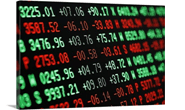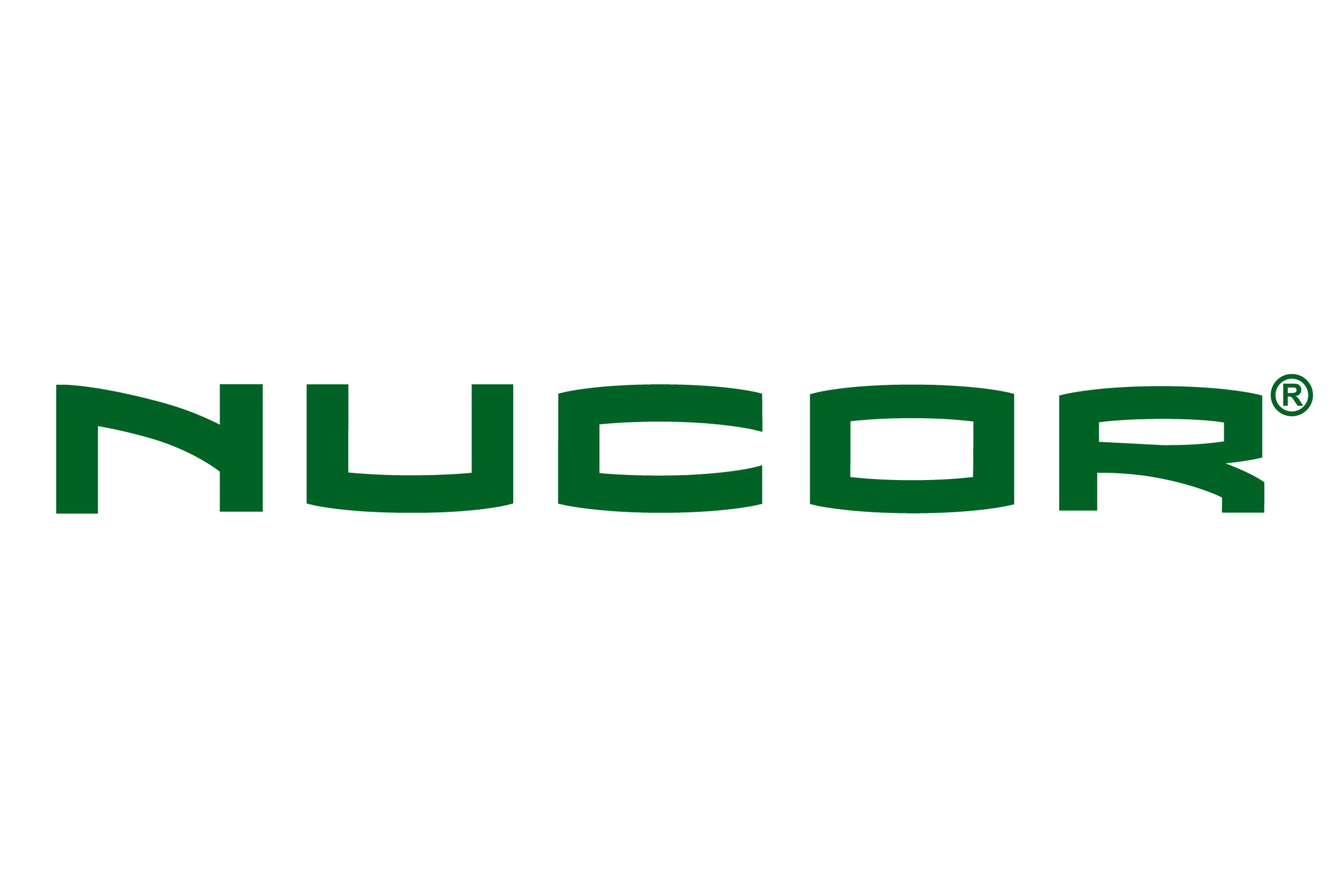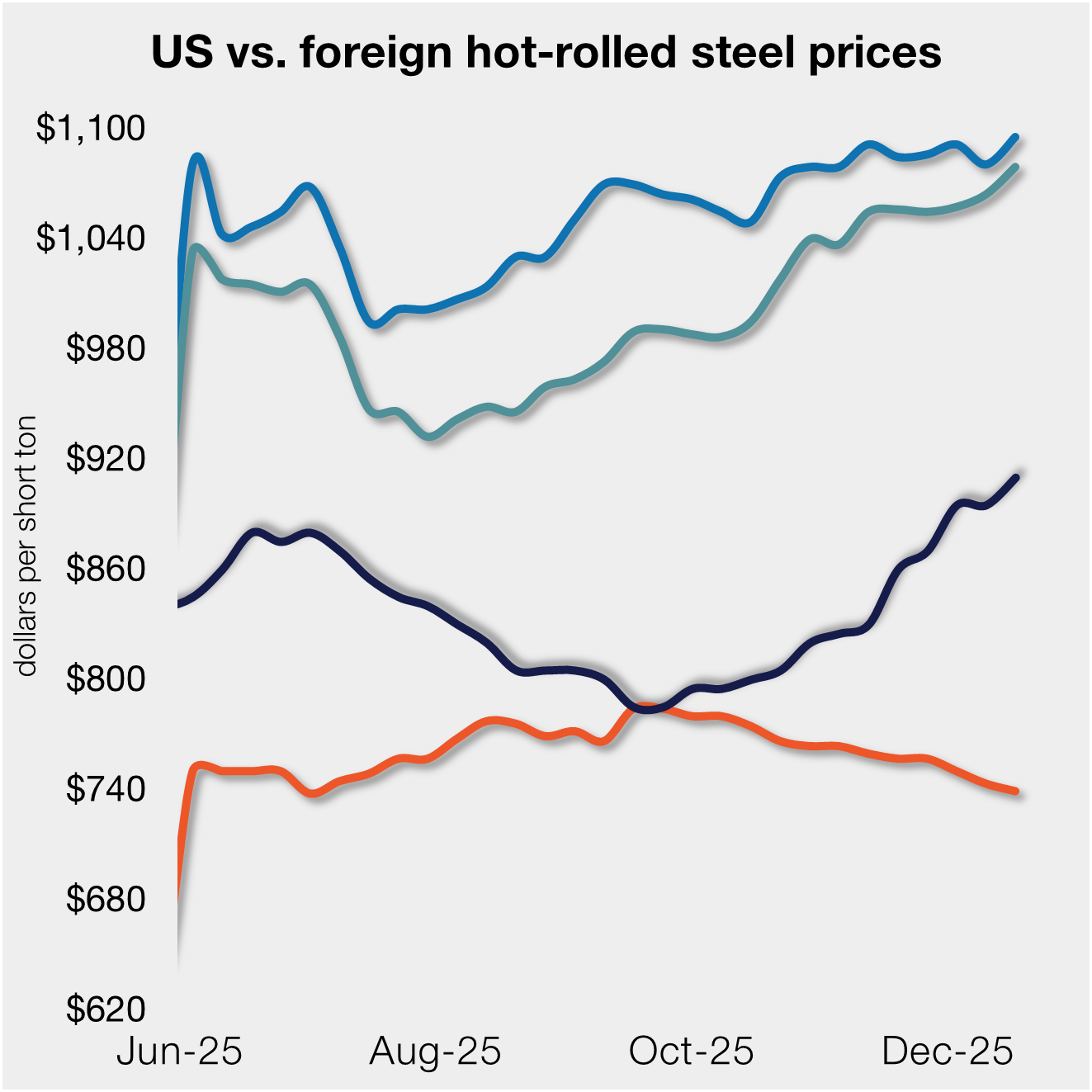Prices

May 7, 2024
HR futures: Nucor's price cut makes its mark on steel markets
Written by Spencer Johnson
When we were asked to provide some additional commentary to SMU about the futures markets for flat rolled, our only reluctance to contribute was rooted merely in the fact that SMU (1) already offers an excellent array of authors on this topic and (2) a concern regarding what new ground could be covered that hasn’t already been discussed to death on this issue.
Thankfully, however, Nucor has offered up something we can describe, without hyperbole, as simply revolutionary for spot pricing in flat rolled – a development that we simply could not resist commenting on with respect to its probable impacts on the futures market.
A mill price decrease?!
In the past few weeks, markets have become extremely familiar with the introduction of the Nucor “CSP HRC base price” publication, which, like the CRU, is published weekly. But unlike CRU, it merely intends to offer the basis price for which Nucor’s producing mills will offer spot tons into the market. (The exception is California Steel Industries, which who is quoted at a separate premium.)
It is important to keep the context of Nucor’s announcements clear. Nucor’s own price could never really work to supplant CRU as something like a futures market settlement mechanism. That’s because a calculation of spot prices needs to be based on a survey of all the separate producers and consumers in aggregate. It can’t be just one company whose own role might skew them from the overall average transacted price.
So while there is a limit to the impact Nucor’s number will have, that does little to diminish the number’s significance in our eyes. This is not just because of Nucor’s size and general influence on the market. That is not to be underestimated. It is also because Nucor has demonstrated a direct willingness now in these past two weeks to let their number reflect the reality of a lower spot market. In addition, it gives us a data point ahead of the Wednesday CRU index that will help guide traders on a more frequent basis with what, so far, appears to be pretty accurate price updates.
Now it would not seem quite so revolutionary for a steel market outsider to see this development. A price DECREASE announcement would be commonplace in any market where competitors seek to attract market share, right? Yes, but this is the steel market. And in our market we know full well that a price decrease announcement is unheard of.
More data is a good thing
This ties into one of the most frequent debates between financial players and physical hedgers in HRC, which is the infrequency of spot data. Even in other ferrous markets, like iron ore and scrap, we have a daily number. HRC, which of course settles off CRU, is weekly by nature. But this has often forced traders, for better or worse, to look for clues to the next CRU move through the lens of the other indices.
Generally, trade and market price discovery work best when there is MORE data. Now, with two weekly numbers printing on different days of the week, and each carrying influence on their own, I think there is an immediate boost to the amount of activity we will expect to see.
And so, Monday’s broad sell-off was without question tied directly to the Nucor announcement of a $760 per short ton (st) base, a more than $50/st discount to last week’s prevailing index price. It would again be without hyperbole to note that this announcement seemed to take most everyone a bit by surprise.
Traders started pulling bids, and here we are now on June, trading as low as $766/ton. Note that June had already been pricing in a modest drop relative to current indices. Nucor may have just signaled, it would seem, that the drop is already here.
What is priced in?
And this brings us to our main point, which is to ask, “What is priced in”? Meaning what future developments in supply/demand are being priced into the forward price, and what interest rates, level of dollar strength, etc. These all play a role in determining how the forward market is priced.
But ultimately, the question is broad. What is priced in? June has been trading at a discount to the spot index price now for months (trading in backwardation). Going into Monday, I don’t think “Nucor announces $50/ton price CUT” was being priced in. It is now based on Monday’s trading activity.
With this in mind, we hope to bring our discussion of “What is priced in?” here to you the SMU readers a bit more regularly. I think you will find this is a different discussion entirely from “What is the price?” And perhaps one day, in an ideal world, we won’t be asking just “What is the price?” but also “What is priced in?” Because that latter question is, in my opinion, vastly more intriguing.
Disclaimer
This material should be construed as the solicitation of an account, order, and/or services provided by the FCM Division of StoneX Financial Inc. (“SFI”) (NFA ID: 0476094) or StoneX Markets LLC (“SXM”) (NFA ID: 0449652) and represents the opinions and viewpoints of the author. It does not constitute an individualized recommendation or take into account the particular trading objectives, financial situations, or needs of individual customers. Additionally, this material should not be construed as research material. The trading of derivatives such as futures, options, and over-the-counter (OTC) products or “swaps” may not be suitable for all investors. Derivatives trading involves substantial risk of loss, and you should fully understand the risks prior to trading. Past results are not necessarily indicative of future results. All references to and discussion of OTC products or swaps are made solely on behalf of SXM. All references to futures and options on futures trading are made solely on behalf of SFI. SXM products are intended to be traded only by individuals or firms who qualify under CFTC rules as an ‘Eligible Contract Participant’ (“ECP”) and who have been accepted as customers of SXM. SFI and SXM are not responsible for any redistribution of this material by third parties, or any trading decisions taken by persons not intended to view this material. Information contained herein was obtained from sources believed to be reliable, but is not guaranteed as to its accuracy. Contact designated personnel from SFI or SXM for specific trading advice to meet your trading preferences. Reproduction or use in any format without authorization is forbidden. © Copyright 2024. All rights reserved.







